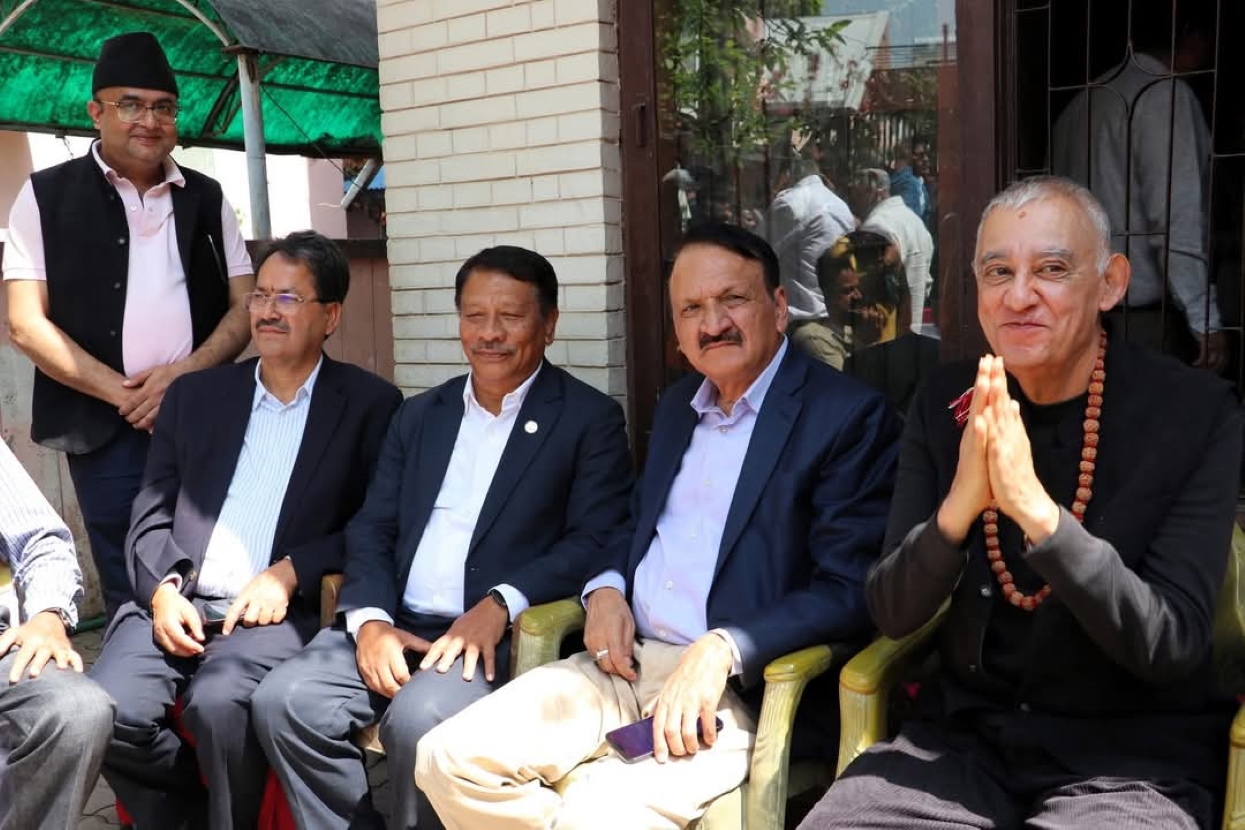Why policies fail in Nepal

Nepal is becoming a country of failed policies to the extent that it has become an appropriate lab to test empirical cases of policy failures.
Why does a country face humiliating failures again and again in policy implementation? To obtain a truthful answer, one may apply a framework consisting of a set of success factors derived from the works of PA Brynard. Based on the synthesised works, the implementation of a policy can be analysed to map the factors involved and gauge the degree of their effects.
Brynard’s proposition suggests that a policy leader needs to manage 18 factors to achieve policy success. The role of the variables may vary from country to country and society to society. First and foremost is the practical approach in decision making. You need to have a clear vision and a well-structured process played out with evidence-based research.
The second is a positive attitude in the team. This emphasises the need for an optimistic, team-oriented and persistent attitude among all policy team members.
Third, the commitment of policy leaders vitalises the implementation ability of policy bodies. This denotes the level of political and administrative will in action. Cooperative and collaborative behaviour between stakeholders comes fourth. It urges strong coordination among all stakeholders.
The fifth variable is effective planning which lets the organisation of activities in detail. Effective mobilisation of human resources works as the sixth variable. This makes possible the best deployment of skilled and motivated human resources.
Seventh, instilling enthusiasm is always a key driver for impressive policy implementation. The element of enthusiasm energises personnel and keeps them always highly motivated. Leadership is the eighth factor that accords a solid foundation to a policy for speedy implementation.
This enables their ability to command, clear vision to lead, and legitimate mandate to move on. Ninth, the location of political responsibility remains significant in shaping a policy’s success or failure. Power ultimately emanates from the position, determining which politician is in the driving seat.
The framework’s 10th factor is the management style of the leading team members— success depends on the degree of enthusiasm and optimism that is reflected in their behaviour and adaptability to a given situation. Ownership of policy implementation, especially among policy leaders, is the 11th factor.
The project team wields considerable influence over implementation as individuals with complementary skills and expertise empower the implementation. This is the 12th factor. This is to install the force towards a common goal.
Thirteenth, clear differentiation in the role of political bosses or ministers and civil servants may have implications in the implementation. Overlapping roles may lead to negative effects. The ability of the individuals involved in the implementation stage is the 14th factor.
Their ability counts on extensive experiences, training and qualifications acquired by the individuals engaged. Active consultations with stakeholders, including the concerned individuals and entities, also has a decisive role in policy implementation. This is the 15th factor.
Sixteenth, trust is such a factor that offers a supportive environment in implementation. The 17th factor is the use of networks that utilises one’s access and uphold control over resources. This provides more extensive support for implementation. Finally, the values and beliefs of the people act as the 18th factor.
This represents the conviction of people to own “rightness” and “goodness” in new policy initiatives. Also, it disowns a new policy if it conflicts with the overall value or belief system.
Factors in Nepal
In Nepal, poor design during formulation, weak harmonisation between complementing policies, and unwise allocation of resources have been detrimental. Overlapping roles of the political bosses and civil servants is also an active factor: Ministers take interest in micro-management and bureaucrats in policy management. Another factor is the development partner’s engagement.
So long as donors maintain generosity in their beloved policies, they survive. Similarly, attitudinal problems such as rent-seeking and corruption have ruined some guidelines. The weak commitment of leaders to policies has punctured various approaches during implementation.
Frequent changes in senior positions such as a secretary or minister has orphaned policy in many cases. Government ministries are locked in a super versus non-super ministry syndrome. This has debilitated inter-ministry coordination.
Over-optimism also seems to have soared that has rocked many policy boats. For this reason, setting a realistic ambition is often desirable. In some cases, the “no-problem” management style is deeply rooted amongst implementers. The culture of business, as usual, is infamous for low performance in delivery.
A mismatch between required and deployed human resources has been seen as a factor causing policy failures. Public trust in the political leadership generally remains low. Privatisation has been a victim of the poor trust in the authorities.
Many public enterprises cannot run under the current mode of operation, but no one dares to privatise them as privatisation has lost its credibility. Finally, there is a unique factor in Nepal called “geopolitics”. It inhibits the country’s noble initiatives simply because of the perception that “geopolitics” waits like an angry elephant on the road ahead.
Need for research
Another thing in Nepal is that society realises that some policies are full of nonsense or are of no use, but they are immovable. Particular policy players lust after already failed policies.
The rest are compelled to tolerate their fancies. Some of these irritating policies become infectious and cut across all levels of government—federal, provincial and local.
Election area development programmes, users’ committees in development schemes and agriculture subsidies are among them. They are like holes in the national coffers through which public money flows out to political cadres and cronies.
The above-enumerated factors are just the tip of the iceberg. Unless they are empirically tested, it would be risky to authenticate to what extent any variable is active in Nepal’s policy corridors.
Lack of research on policy implementation is at an embarrassing level in the country. May home institutions like the Policy Research Institute, National Planning Commission and universities courageously roll up their sleeves with no more delay.
-Kathmandu Post










